May is always a special time in the UK with not one but two Bank Holiday Weekends giving us all some cherished time off. What a stunner they were, quite literally with glorious weather turning nasty quite quickly and in a sense – sadly and tragically for some – going from ‘heaven to hell’ rather fast as I’ve written about earlier in Disaster Preparedness – what Disaster? Why Preparedness?
Did you witness this?
Over 405 000 lightning flashes detected over Europe and the Mediterranean in the past 48 hours! Most of Europe, except Scandinavia and eastern Europe had thunderstorm activity! Map: @Blitzortung_Org pic.twitter.com/CCSaxR65m9
— severe-weather.EU (@severeweatherEU) May 28, 2018
Storms cause flash flooding in Birmingham – some places seeing more than a month’s rainfall in an hour https://t.co/RVEB5CYTq2 — BBC Weather (@bbcweather) May 28, 2018
@thameswater My house is flooding because your drains are blocked!!! I’ve been on hold to your emergency number for over half an hour and my house is getting damaged!! How on earth do I get through! pic.twitter.com/LjP4mH5pgk
— Ank K. (@Ank1978) May 27, 2018
Local help was quick and is another excellent showcase for UK Community Resilience, the power of volunteering and how it pays to be kind
Team Rubicon Greyshirts deployed to #Birmingham today to support after localised flash flooding. We assisted residents with removal of sodden & soiled carpets, flooring and water damaged furniture. Thanks everyone! https://t.co/ylIMM9nwq6 #FlashFlood #volunteering pic.twitter.com/AFBaj3cZey — Team Rubicon UK (@TeamRubiconUK) May 28, 2018
#Northampton #Sikh #community volunteers on St Leonard’s Road Northampton today providing food and refreshments to residents and emergency services dealing with the devastation of last nights #flooding @SikhPA @BBCLookEast @itvanglia @ChronandEcho @mycountycouncil @northantsfire pic.twitter.com/Vzycg0eL0N — Amarjit Singh Atwal (@Amarjitsatwal) May 28, 2018
… but despite best efforts, tragedy struck
Despite the efforts of ambulance staff and firefighters, tragically, an elderly man has died after a flooding incident https://t.co/SA1CLXIG5b pic.twitter.com/zg9vnNY4kI — West Midlands Ambulance Service (@OFFICIALWMAS) May 28, 2018
Better personal preparedness saves lives and property. This concerns us all as we are experiencing the consequences of living in a world that is 2C or more warmer. Pro-active preparedness is key and there is much that everyone can do including better personal safety and better personal preparedness. It’s all about personal capacities and capabilities and what that exactly means (what you must plan and prepare for) and looks like is different for every person. However, it all starts the same way for everybody:
GET A KIT. MAKE A PLAN. BE INFORMED.
Better emergency preparedness saves lives and property. It’s easy: get a kit, make a plan, be informed 👉 https://t.co/A4fhwjsVSf#Aylesbury #Birmingham #Newbury #Northampton #Wolverhampton #Walsall #Welshpool #Worthing #flooding #floodaware #healthandsafety #TuesdayThoughts pic.twitter.com/hgZM08ElVS
— EVAQ8 Emergency Kits (@EVAQ8_news) May 29, 2018
This website and blog offers lots of very useful tips so take a good look around and start building your personal preparedness today. Head to our preparedness hub, browse the blog navigation here on the right as well as the top navigation of the website. And remember to follow us on social media for more info, updates and resources.
Summer 2018 is here! Enjoy it and stay safe at home and during your travels. Always stay #weatheraware #floodaware, know about #preparedness and be better prepared.
Monika
Tweet thank you for sharing!
For more EVAQ8 blog simply use the right hand navigation. For emergency kits and practical resources use the top navigation. For FREE resources head over to our Preparedness Hub. If you like this post, leave us a comment and please share it to help raise awareness for Emergency and Disaster Preparedness. Thank you!
Find EVAQ8 on social media, like and follow us!


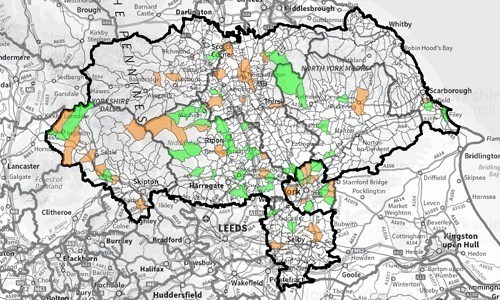
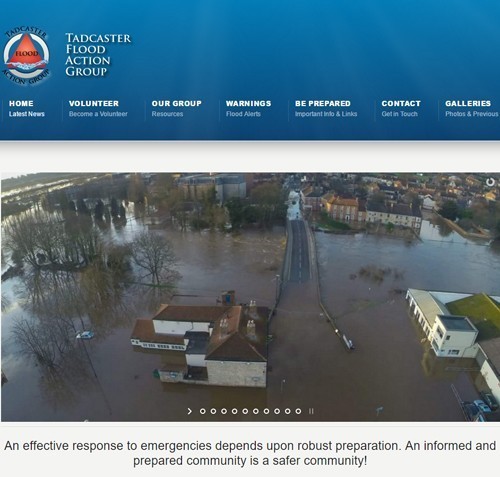
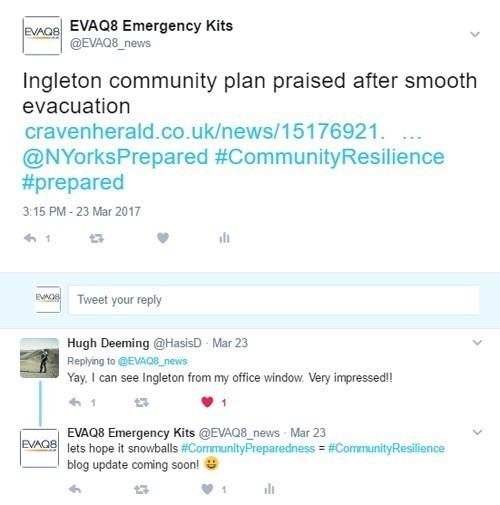

 Nevertheless, the Holbon electrical fire on 01 April 2015 is a good example and here is why. In the words of Gary Squires from the London Fire Brigade (
Nevertheless, the Holbon electrical fire on 01 April 2015 is a good example and here is why. In the words of Gary Squires from the London Fire Brigade ( Congratulations to the brilliant trailblazers: Ingleton , Hellifield, Clapham, Swainby, Snape, Kirkby Fleetham, Crayke, Romanby, South Milford and Tadcaster
Congratulations to the brilliant trailblazers: Ingleton , Hellifield, Clapham, Swainby, Snape, Kirkby Fleetham, Crayke, Romanby, South Milford and Tadcaster 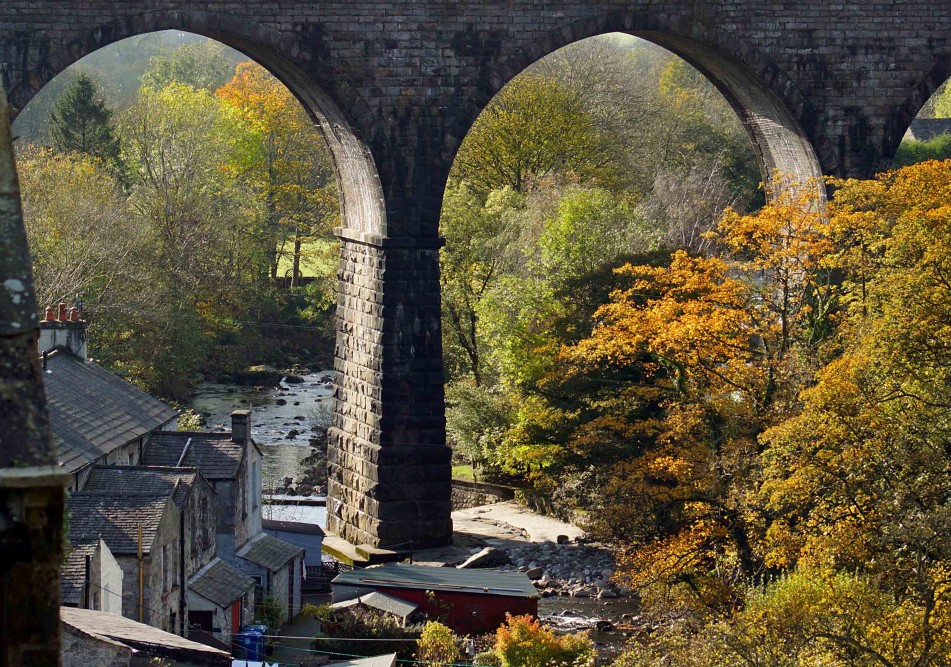 ready for what may well shape up to be a rough Winter.
ready for what may well shape up to be a rough Winter. The ‘why’ is easy: it’s the law. Since 2004 under the Civil Contingency’s Act, Category 1 responders have a duty to
The ‘why’ is easy: it’s the law. Since 2004 under the Civil Contingency’s Act, Category 1 responders have a duty to  What I particularly like is the focus on capability. It implies inherent and latent capacities. It also ties neatly to preparedness which is not just about needs and liabilities but also about assets. In my view this creates an empowering shift and starting point to mobilize engagement which, given the right momentum, may overcome even learnt helplessness and apathy. Thus
What I particularly like is the focus on capability. It implies inherent and latent capacities. It also ties neatly to preparedness which is not just about needs and liabilities but also about assets. In my view this creates an empowering shift and starting point to mobilize engagement which, given the right momentum, may overcome even learnt helplessness and apathy. Thus

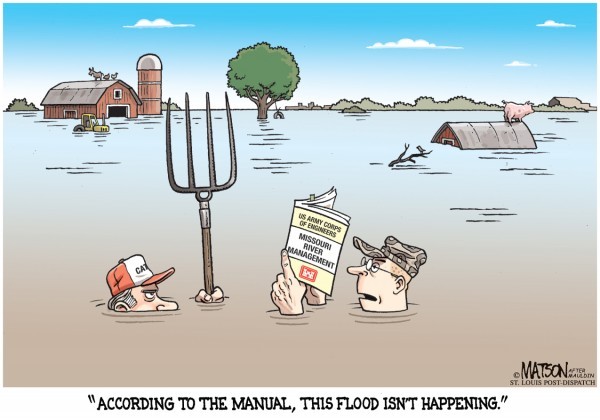
 As a somewhat removed Swiss observer yet from ‘within so to speak as someone who lives here I am continually amazed at the British: the speed and boundless generosity with which communities have come together, pooling resources and sheer man (and woman and child!) power to help each another as well as to offer help across wider areas. In fact, generosity is and was so overwhelming that this morning the local newspaper
As a somewhat removed Swiss observer yet from ‘within so to speak as someone who lives here I am continually amazed at the British: the speed and boundless generosity with which communities have come together, pooling resources and sheer man (and woman and child!) power to help each another as well as to offer help across wider areas. In fact, generosity is and was so overwhelming that this morning the local newspaper 

